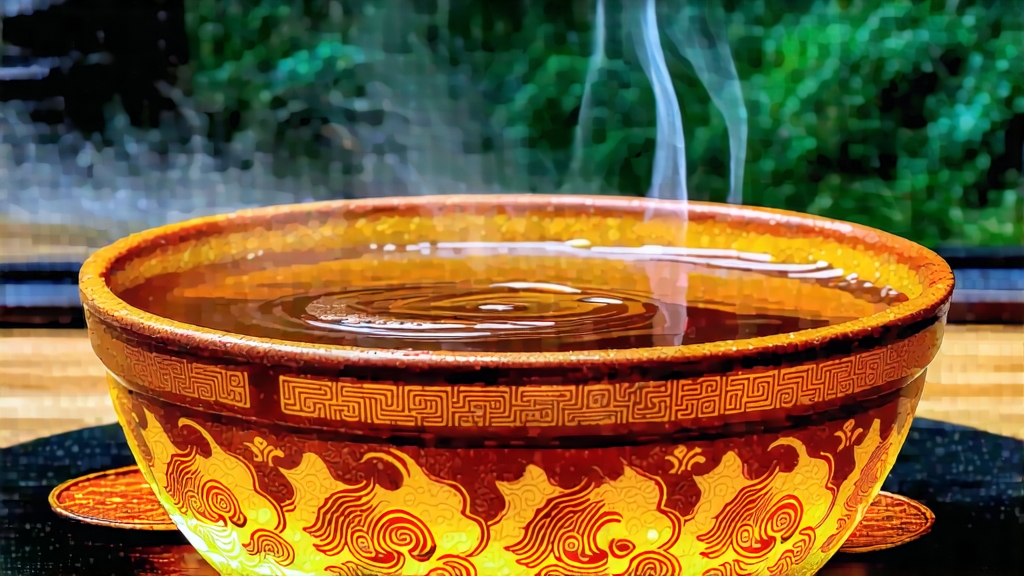
If oolong tea is the hyphen that links China’s green freshness to black depth, then Phoenix Dancong is the exclamation mark that makes the entire sentence sing. Hailing from the granite spires of Phoenix Mountain(Fenghuang Shan)in northern Guangdong, this cultivar family is treasured for its uncanny ability to mimic flowers, fruits, honey and even spices in one fleeting sip. To the Chinese nose it is “drinking perfume”; to the western palate it is often the gateway tea that overturns the myth that all Chinese teas are vegetal or astringent. Yet behind the fragrance lies a thousand-year chronicle of Song dynasty refugees, cliff-dwelling tea monks, Qing era tribute caravans, and 21st-century genome mapping. Understanding Phoenix Dancong is therefore equal parts history lesson, horticultural expedition and sensory meditation.
Historical roots
Local chronicles credit the She ethnic minority with first transplanting wild tea trees onto Phoenix Mountain during the late Tang. When the Song court fled south in 1127 CE, imperial retinues settled in Chaozhou prefecture and elevated the wild leaves into an art form. A 900-year-old mother tree, “Song Zhong,” still stands at 1,100 m elevation; its progeny are lovingly called “Song variety” and fetch prices that rival Burgundy grand crus. By the Qianlong reign (1736-1795) Dancong had entered the palace in Beijing, transported by porters who compressed the leaves into bamboo tubes and sprinted 1,200 km along the Meiling Post Road. The name itself—literally “single bush”—was coined to distinguish small-batch, tree-specific harvests from the bulk “Feng” (general Phoenix) tea traded for overseas Chinese communities in Southeast Asia.
Micro-terroir and botanical diversity
Phoenix Mountain is a tilted fault-block range where ultramafic bedrock weathers into mineral-rich, gravelly loam. Day-night temperature differentials can exceed 15 °C; fog refracts sunlight into a soft, bluish spectrum that slows photosynthesis and amps up aromatic precursors. Within 50 km² there are over eighty named aromatic profiles—gardenia (Huangzhi Xiang), almond (Xing Ren Xiang), ginger flower (Jiang Hua Xiang), honeysuckle (Mi Lan Xiang, the export darling), and the elusive “duck-shit” aroma (Ya Shi Xiang) whose name was allegedly invented to scare off thieves. Each profile is clonally stable yet site-specific; graft a Huangzhi tree at 300 m and within three years its gardenia note will fade, replaced by a generic orchid sweetness. Such epigenetic sensitivity makes Dancong the darling of terroir-obsessed drinkers.
Harvest calendar and plucking standard
Spring picking begins when 20 % of the buds show a reddish edge—usually between late March and mid-April depending on elevation. Only the standard “half-opened three leaves” is taken: the apical bud plus two adjacent leaves that have lost their glaucous sheen but not yet stiffened. Experienced pluckers pinch 2 cm above the petiole so that the wound oxidizes quickly, a micro-detail that later encourages uniform bruising. A 200-year-old tree yields at most 3 kg of fresh leaves, translating into 600 g of finished tea, hence the cult of “single-tree Dancong” sold with GPS coordinates and QR-coded provenance.
Crafting Phoenix Dancong: the eight-step choreography
- Solar withering: leaves are spread on bamboo sieves under late-morning sun for 15–25 min, timed so that leaf temperature stays below 34 °C. The goal is modest moisture loss (≈ 5 %) and activation of lipoxygenase, the enzyme that later produces jasmine lactones.
- Indoor withering: sieves rest on racks in an air-conditioned corridor at 22 °C, 75 % RH. Every 30 min the tea master gently shakes the trays, coaxing the leaf margins to bruise against one another. Water migrates outward, sugars inward, and the grassy hexenals drop by 40 %.
- Hand bruising: the most athletic step. Leaves are piled 10 cm deep on rattan mats and rhythmically tossed upward for 3 min, allowed to rest 8 min, then repeated four times. Cells rupture, polyphenol oxid